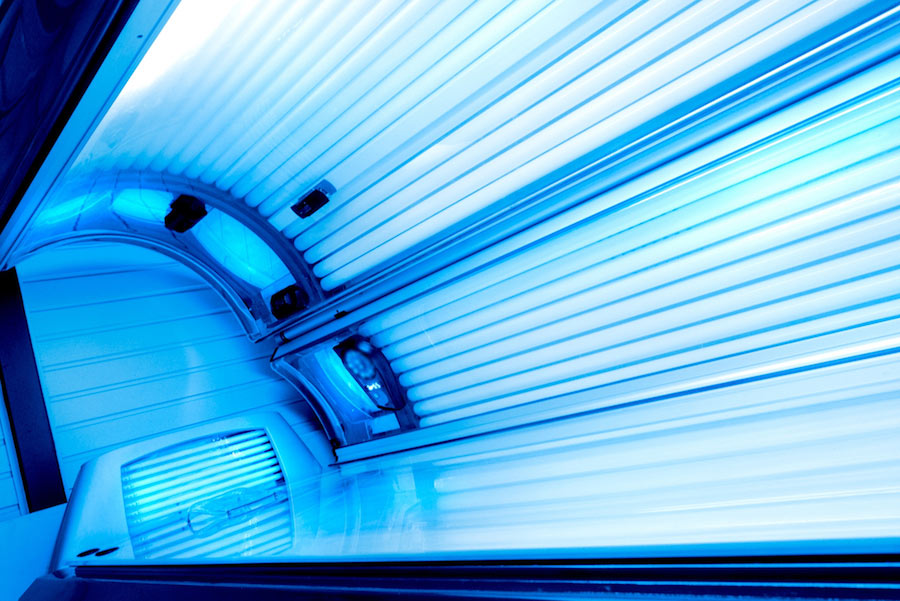The concept of using machines to tan has been around since the early 1920s, when at-home tanning devices were introduced as a cure-all for various ailments. Fast forward nearly 60 years, when the first tanning salon opened in the U.S., starting a trend that would become widely popular over the next three decades. By 2009, there were 18,000 tanning salons in the U.S. In recent years, tanning’s popularity has begun to weaken, as the public has become more aware of the dangers surrounding it. Still, as of 2016, there were nearly 9,500 tanning salons serving approximately 30 million customers each year.
The medical community and organizations like The Skin Cancer Foundation have been warning people for years to stop tanning. Hundreds of former tanners who became skin cancer patients have shared their stories online and cautioned people not to make the same mistakes.
So why do some people continue to tan? New research confirms that for some, quitting tanning is not that simple.
According to a 2017 study conducted by researchers at Georgetown University Medical Center, 20 percent of women who tan show signs of tanning dependency. The researchers ran 400 women through a set of mental and behavioral tests both before and after a tanning session. Those who were labeled as having an addiction strongly believed in the physical and mood-boosting benefits they experienced after a tanning session. They were convinced it enhanced their appearance and attitude, ultimately making them feel better about themselves. However, once that feeling faded, the tanning bed users showed signs of depression.
“Understanding why people feel compelled to tan is important, because it helps physicians and other health care advocates develop better intervention techniques that encourage people to stop tanning,” says Deborah S. Sarnoff, MD, president of The Skin Cancer Foundation. “There is no such thing as a healthy UV tan. Whether you’re laying out on the beach or in a tanning bed, the damage your skin sustains can lead to skin aging and potentially deadly skin cancer.”
As with many addictions, this one has some seriously dangerous side effects, in addition to premature wrinkles, leathery skin and hyperpigmentation. Just one indoor tanning session before the age of 35 increases a person’s risk of melanoma, the deadliest form of skin cancer, by 75 percent. One study observing 63 women diagnosed with melanoma before age 30 found that 61 of them (a shocking 97 percent) had used tanning beds.
Dr. Sarnoff is passionate about this issue; she says if she had it her way indoor tanning salons would be against the law. We asked her to provide a few tips for people who are having a hard time giving up tanning:
- Get a spray tan! “There are many professional and at-home options these days that make it easier than ever to achieve a healthy bronzed glow,” says Dr. Sarnoff.
- Hit the gym. If you’re looking for that endorphin rush, a sweat session will give you the same feel-good attitude and sensation.
- Avoid laying out. As Dr. Sarnoff points out, not only is lounging in the sun unprotected just as bad as using a tanning bed, it can also lead you back down a dangerous path toward the tanning craving. When you’re spending time outdoors, be sure to slather your entire face and body in sunscreen and reapply every two hours. A wide-brimmed hat and UV-blocking sunglasses can further protect from damage, and seeking shade is always a good idea.
- Stay healthy. Practice an all-around healthy lifestyle that incorporates exercise, eating well and drinking plenty of water. As Dr. Sarnoff advises, “Taking good care of your body will give you a great mood boost that will make you think twice before doing something that isn’t good for you.”





